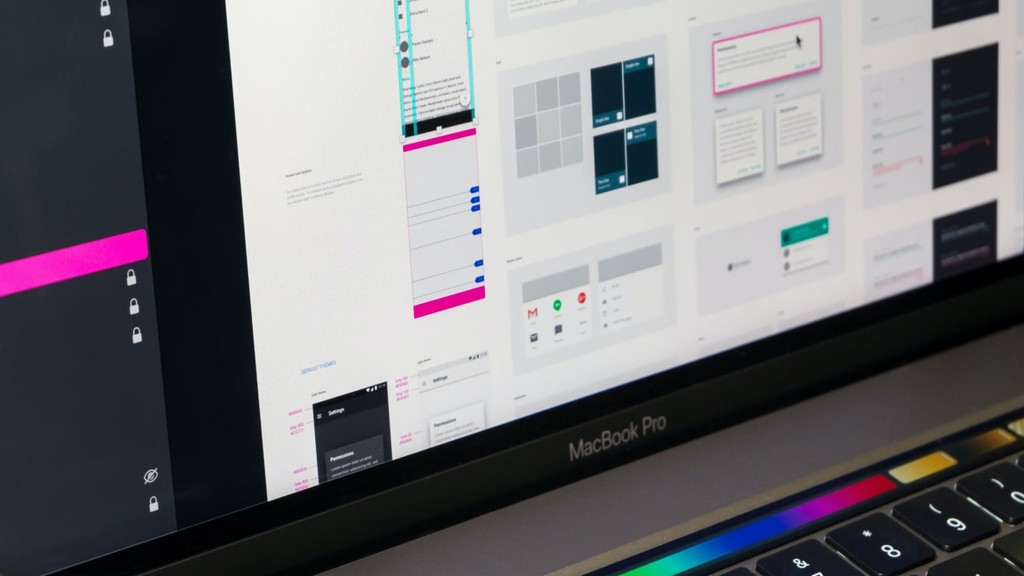Paid advertising is a powerful way to reach your target audience and promote your business. But how does it work? Let's take a closer look at the basics of paid advertising.
Paid advertising, also known as pay-per-click (PPC) advertising, is a form of digital advertising where advertisers pay each time someone clicks on their ad. The most popular platforms for paid advertising are Google Ads and social media advertising on platforms like Facebook, Instagram, and Twitter.
The basic process of paid advertising
Advertiser creates an ad: The advertiser creates an ad with text, images, and/or videos that will be displayed to their target audience.
Advertiser chooses their target audience: The advertiser selects the demographic, geographic, and interest-based criteria that their target audience falls under.
Advertiser sets a budget: The advertiser sets a budget that determines how much they are willing to spend on their ads per day or per campaign.
Advertiser bids on keywords: In Google Ads, advertisers bid on relevant keywords that their target audience is likely to search for. In social media advertising, advertisers bid on ad placements based on their target audience criteria.
Ad is displayed: The ad is displayed to the target audience based on their search queries or interests, and the advertiser pays each time someone clicks on their ad.
Ad performance is tracked and optimized: The advertiser tracks the performance of their ad and makes changes to improve its performance. This could include adjusting the ad copy, targeting criteria, or bid amounts.
Paid advertising is a dynamic and constantly evolving field. It requires careful planning, execution, and optimization to get the best results. However, when done correctly, paid advertising can be an incredibly effective way to drive traffic, leads, and sales for your business.
